The school record "Autistic boy who made the largest number of paintings about bridges in Vietnam - 115 paintings" set by the Vietnam Record Organization in March 2025 has opened up opportunities and lit up the dream of becoming a painter for the boy Ta Duc Bao Nam (born in 2011) in Hanoi.
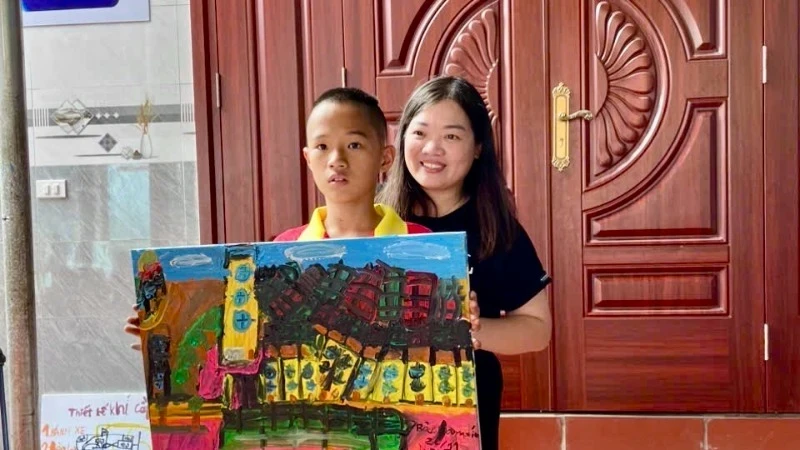
Some of Nam's paintings were also displayed at Nhan Dan Newspaper on the sidelines of the online discussion "What future for autistic children?" taking place on the afternoon of March 28.
Aiming for a world record in drawing bridges
Ms. Loan came to Hoa Xuyen Chi Center when she was uncertain about her child's future. Not being able to go to school like her peers, childcare centers autism are all financially beyond her reach. Money and effort weigh heavily on the shoulders of a single mother.
Hearing many people introduce the center, she was also skeptical. There were many centers in Hanoi that her child had never experienced, but the results were not as expected. But at least here, she had some confidence, one was that she could send her child to boarding school for a month and the cost was "quite reasonable" compared to other places.
Knowing the situation of the mother and child, the Center also created conditions with appropriate costs. The child integrated very quickly, ate well, and slept well. Sometimes missing his mother, the child asked to go home. She only made a deal: if the child studied well, the mother would take him home to visit for a few days.
The children sent here are all trained in many arts by Mr. Vu Van Chuc - Founder of Hoa Xuyen Chi Center for Integrated Development Support to discover each child's talent.
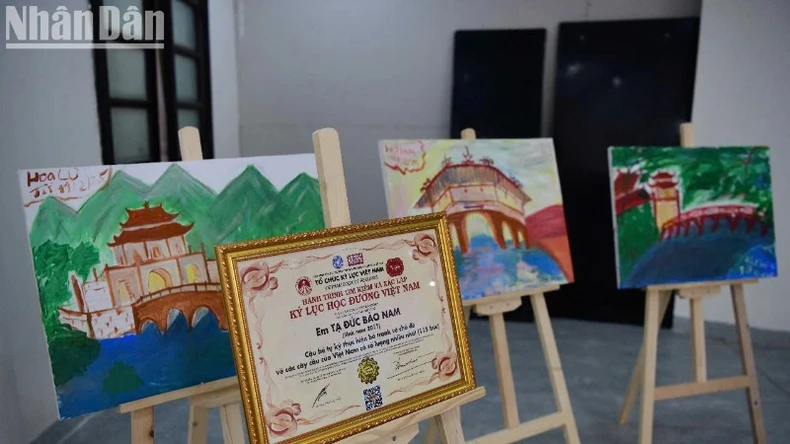
In the uncertain steps of an uncertain future with her autistic son who is now 14 years old, Ms. Bui Thi Loan was filled with hope when her devoted teachers discovered that her son had the ability to draw and draw very well. “Now, my son will have a job to make a living,” Ms. Loan said, her eyes filled with happiness.
Despite the difficulties language in social communication, but since childhood, Nam has always shown a special love for art and bridges.
Each famous bridge in Vietnam such as The Huc Bridge, Long Bien Bridge, Chuong Duong Bridge in Hanoi; Hoi An Bridge Pagoda, Golden Bridge in Da Nang... are all painted by Nam using paper and fabric with meticulous details about the architecture and surrounding landscape.
Because he likes drawing bridges, Nam often observes them very carefully and then draws them from memory. He can also imitate a bridge on TV and draw it quite closely.
Each painting Nam draws not only shows his talent but also his connection with the world around him, demonstrating his observation skills and rich imagination.
“Every day the teacher sends me pictures of my children’s drawings, I feel extremely happy when I see them. The teachers at the Center love the children like their own children, so sending my child to study here is the wisest decision of my life. My child’s talent is developed, something I did not have the conditions to do for him,” Loan confided.
According to Ms. Loan, the pictures her child draws may seem very normal to normal people and many people can do them, but for autistic children like her child, they are a miracle and a source of pride.
What is special to Ms. Loan is that in early April, her son will be awarded a certificate by the Vietnam Record Organization to set a school record for "The autistic boy who created the largest number of paintings about bridges in Vietnam - 115 paintings". For a mother who has lived in anxiety and disorientation like Ms. Loan for many years, what her son has done has also kindled hope for the future of being able to continue developing his talent and having a job to support himself.
Mr. Vu Van Chuc, founder of Hoa Xuyen Chi Inclusive Development Support Center - the person who guided Bao Nam to draw the theme of bridges, shared: In the coming time, he will accompany Bao Nam to hold many separate painting exhibitions. The immediate goal is to encourage Bao Nam to draw many famous bridges of different countries from now until the end of 2025, aiming to achieve a world record for drawing the largest number of bridges.
“Sometimes autistic people cannot draw as well as professional artists, but autistic people have very different perspectives. I want to bring the image of Nam to the world so that many people know about him, and at the same time, the world can understand more about the perspective of autistic people through Nam’s paintings of famous bridges in different countries. In the future, the boy can become a professional artist and support himself with his profession,” Mr. Chuc said.
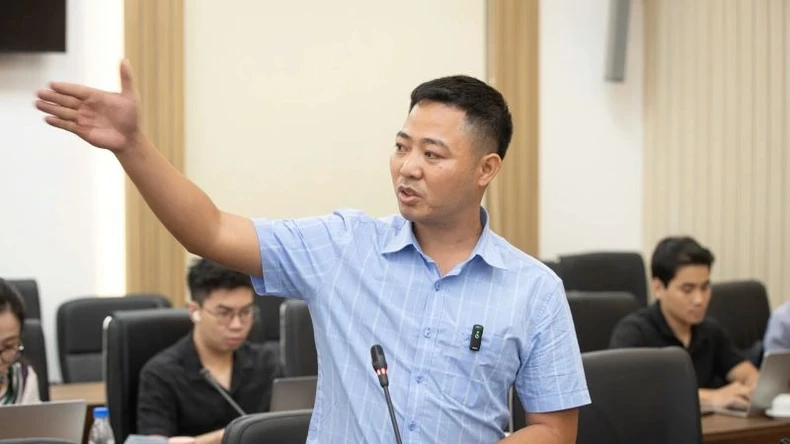
Mr. Chuc said that in the long term, he is planning for Nam to become an art coach, because teaching autistic people is often very difficult, and very few people can follow the profession.
According to him, the difficulty is not having knowledge or expertise, but knowing how to sympathize with autistic people, living and eating with them. Only when you can sympathize, live and interact with them can you teach them.
The arduous journey with my child to cure autism
Sharing the joy and great happiness that her son has achieved, Ms. Bui Thi Loan (41 years old in Hanoi) could not hold back her tears. She said that when Nam was 17 months old, she discovered that he had unusual symptoms such as not knowing how to use his fingers to point at objects, often running around the house, not turning around when called, only stopping when someone hugged and held him. After searching online, she guessed that her son probably had attention deficit hyperactivity disorder.
Then she took Nam and his brother (Nam has a twin brother) to the Department of Mental Illness, Central Children's Hospital for examination. Here, through tests and examinations, the doctor concluded that Nam had the disease. autism spectrum disorder, Nam's brother was just a little slow in speaking. Holding the results in her hand, she felt dizzy, the world around her collapsed, tears just flowed out unconsciously.
When her son was diagnosed with autism, Loan began her journey with him. After several months of specialized intervention at the hospital, Nam showed little progress, and the doctor advised her son to go to school early. In order for her son to integrate with his friends, Loan applied for her son to be admitted to a public preschool near her home. In the morning, he would study integration at the preschool, and in the afternoon, she would hire an intervention teacher to come home and teach him by the hour. She also went to classes to teach her son herself. Wherever she was told about a center or a teacher who provided good intervention, she would go and find out and send her son to study there.
Despite active intervention, Nam made little progress. Many times when he went out, he would run without realizing the danger.
When Nam was four years old, he was able to speak. Although it was just meaningless words, for Loan, it was an indescribable joy and also a miracle for her son. At the same time, she divorced her husband and the mother and son rented a house outside. Life became more difficult for the mother and son, both physically and mentally.
“There is only one mother and one child to take care of, so sometimes I have negative thoughts about why God is so unfair to me and my child. Many times I feel helpless because I cannot do anything to help my child. But then those negative thoughts only pass by, I try to work day and night to earn money to raise my child, to intervene in the best way for my child. My child's intervention journey is still very long, so I cannot be discouraged and give up,” Loan confided.
Ms. Loan said that although Nam is not as good as his normal friends, he can read, although he has a lisp, and can write basic letters. He can also do simple personal tasks and clean up when asked. “For mothers with autistic children, even a little progress in their children can make them happy all day, all week,” Ms. Loan said.
It was not until she was 7 that Nam started first grade at a public school in Hai Ba Trung district, Hanoi, but complaints from teachers, discrimination from friends and parents made her uneasy and she transferred schools. At a school in Ha Dong district, she had to hire a private teacher to tutor her child in class. After school, she took her child to intervention classes. The financial burden became even greater.
When he was almost finished with 2nd grade, she was forced to make the difficult decision to send Nam back to his maternal hometown in Nam Dinh to live with his grandparents for nearly 2 years, because at that time, she could not bear the cost of hiring a tutor, school expenses, and hiring a personal intervention teacher with an amount of up to 8-9 million/month, while her job was affected by the epidemic, covid-19.
“When I decided to send my child back to the countryside, I was at my wits’ end. I felt so sorry for my child who did not have a complete family and suffered many disadvantages, but I was completely helpless. I had to go to work to make ends meet and have money to take care of my child,” Loan choked up as she recalled the difficult times before.
After the Covid-19 pandemic passed, Ms. Loan took her son to Hanoi and found a boarding school for him in Long Bien district. Here, Nam improved a lot, learned to talk more about his needs, and learned to do more housework.

It was also here that he first painted the Long Bien Bridge, which was auctioned for 2 million VND. However, after studying here for only 2 years, his mother was forced to let him drop out because the tuition was too high. "The cost of about 12-13 million VND/month is too much in the difficult post-Covid-19 work situation," Loan said with red eyes.
During this time at home, he helped his mother with many chores. Sometimes when he was angry or excited, he would still jump up and clap his hands or cover his ears when he heard strange sounds. But then she discovered that her son's personality changed during puberty at the age of 13, he became more irritable. When he was angry, he would tear his mother's arms and hurt himself with bite marks all over his arms.
In that disorientation, Ms. Loan found a safe and promising place for her child at Hoa Xuyen Chi Center. “I don’t know what the future holds for me and my child, but seeing my child enthusiastically drawing and the teacher guiding him in his career, I have more hope,” Loan confided.
Hopefully so, but like many other mothers of autistic children, Ms. Loan also worries about the long road ahead, when she gets old, who will take her place in raising her child. Worried about her child's future, Ms. Loan hopes that the State will have a special education program as well as an integrated education program for autistic people; have vocational training schools, career guidance for autistic people to participate in production/business activities within their capacity to have an independent, meaningful life.
Source: https://baolangson.vn/cau-be-tu-ky-say-me-ve-cau-xac-lap-ky-luc-viet-nam-5042481.html


![[Photo] 2nd Conference of the Party Executive Committee of Central Party Agencies](https://vstatic.vietnam.vn/vietnam/resource/IMAGE/2025/3/31/8f85b88962b34701ac511682b09b1e0d)
![[Photo] Speeding up construction of Ring Road 3 and Bien Hoa-Vung Tau Expressway](https://vstatic.vietnam.vn/vietnam/resource/IMAGE/2025/3/31/f1431fbe7d604caba041f84a718ccef7)
![[Photo] General Secretary To Lam receives US Ambassador to Vietnam Marc E. Knapper](https://vstatic.vietnam.vn/vietnam/resource/IMAGE/2025/3/31/5ee45ded5fd548a685618a0b67c42970)


![[Photo] Prime Minister Pham Minh Chinh receives delegation of leaders of US universities](https://vstatic.vietnam.vn/vietnam/resource/IMAGE/2025/3/31/8be7f6be90624512b385fd1690124eaa)


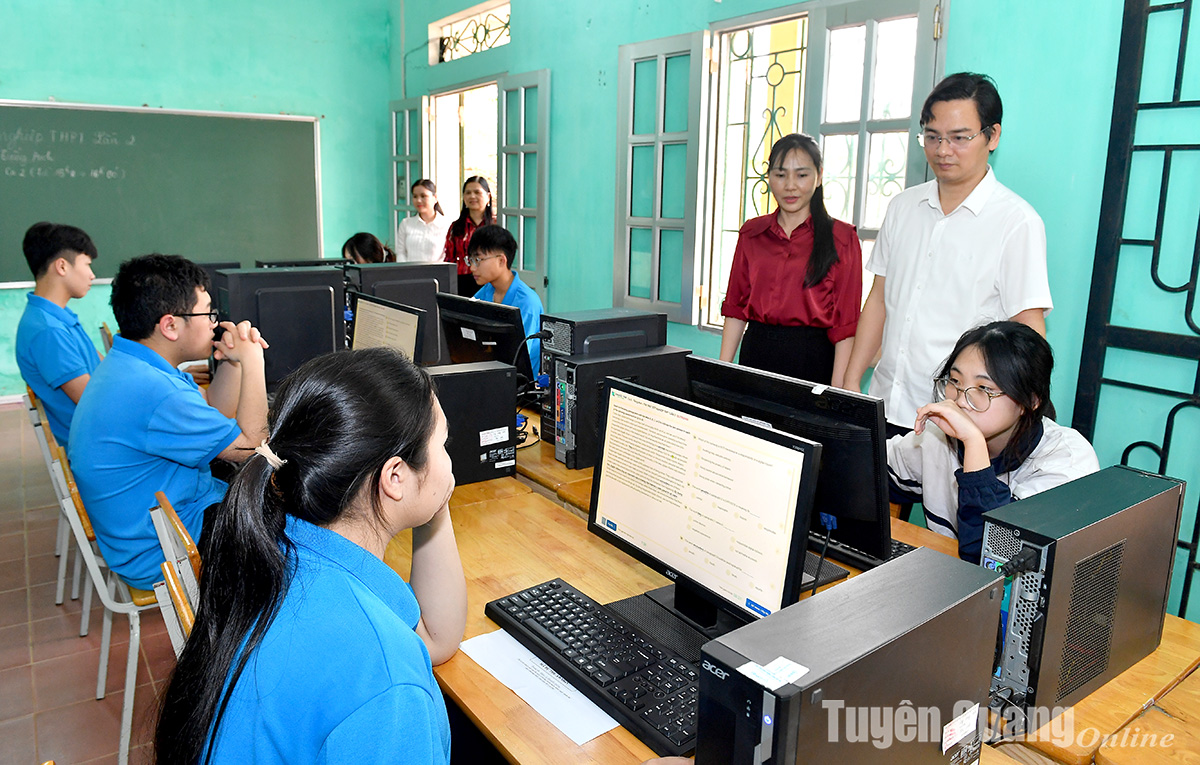
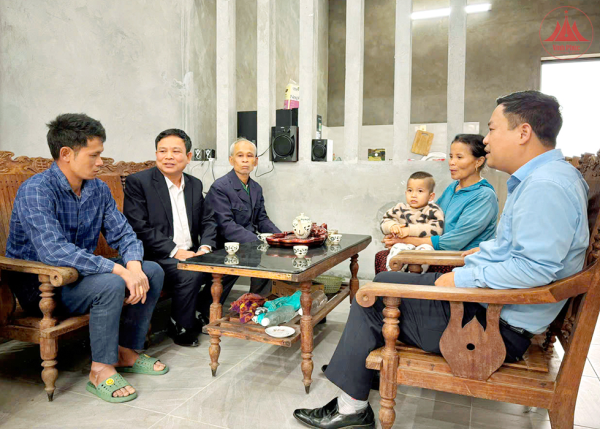










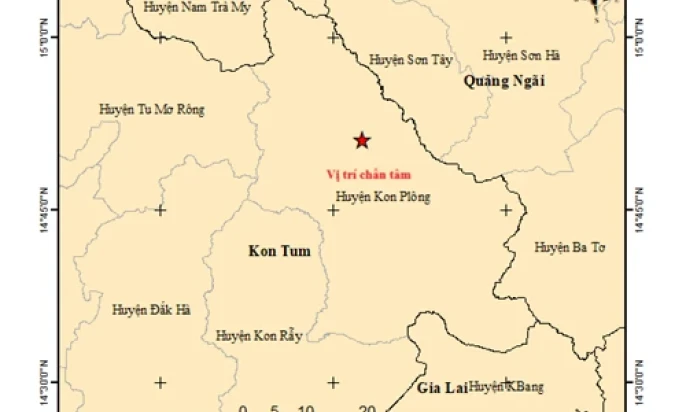



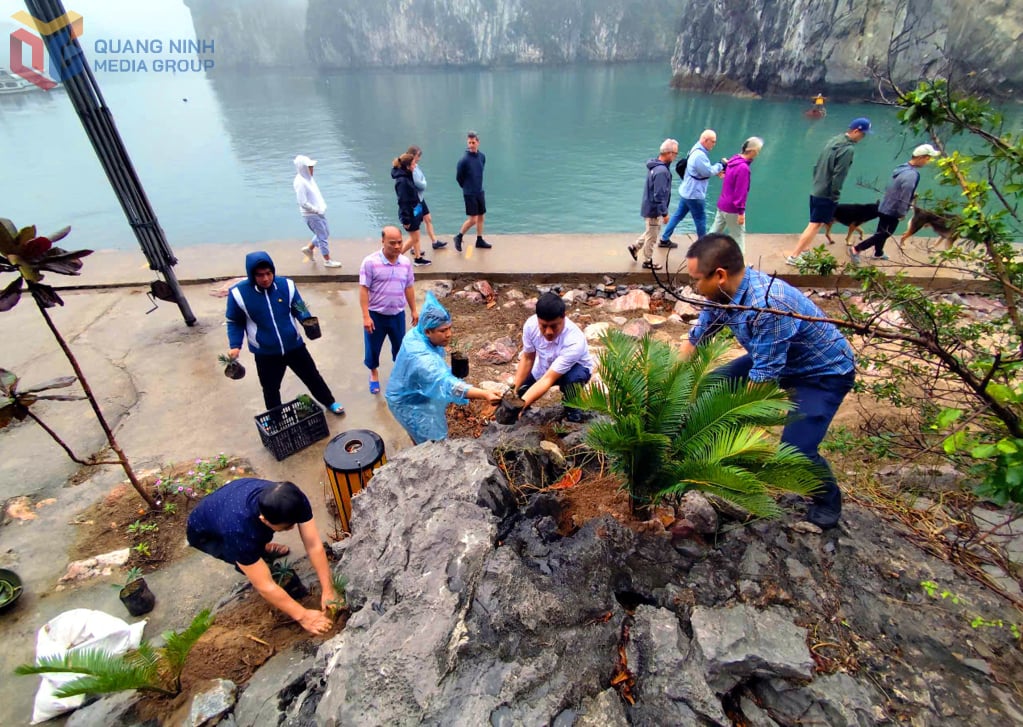

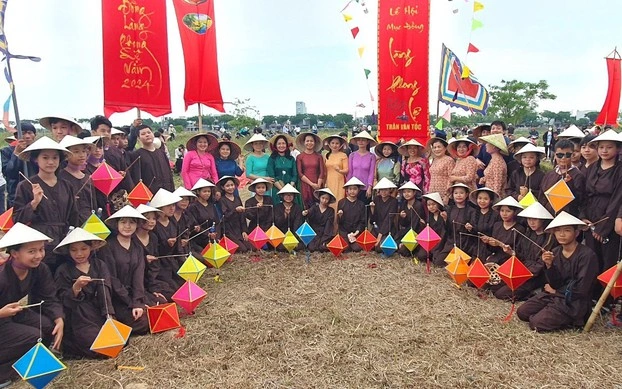









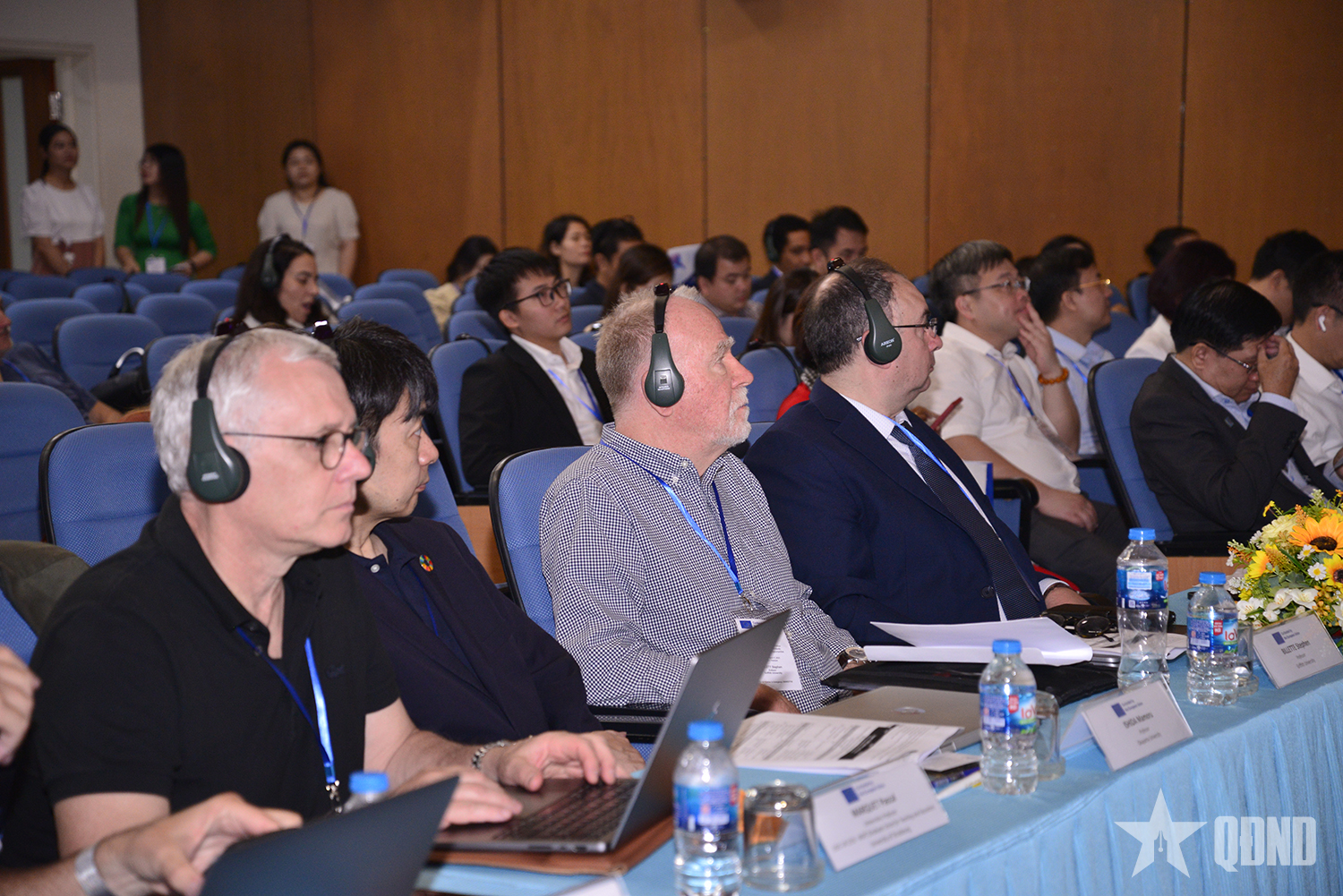

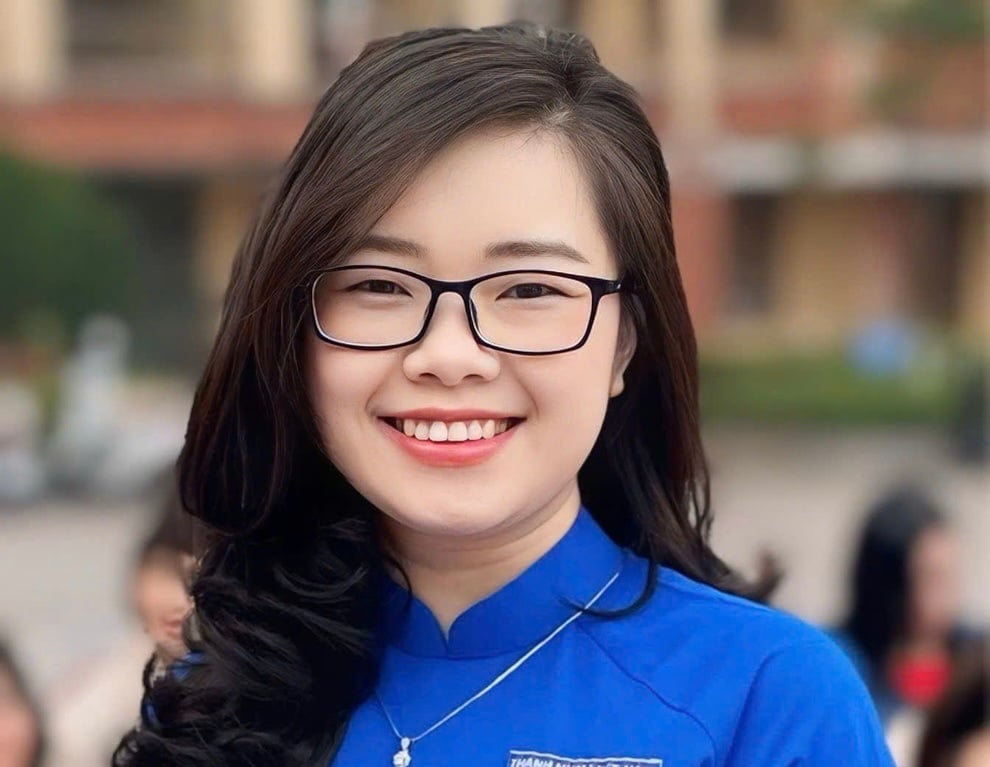

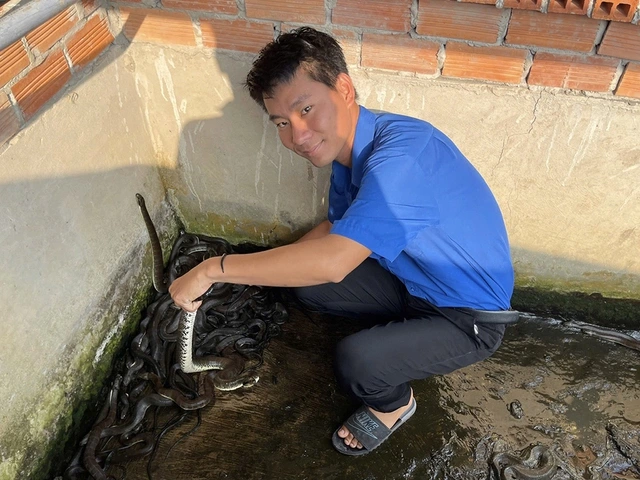











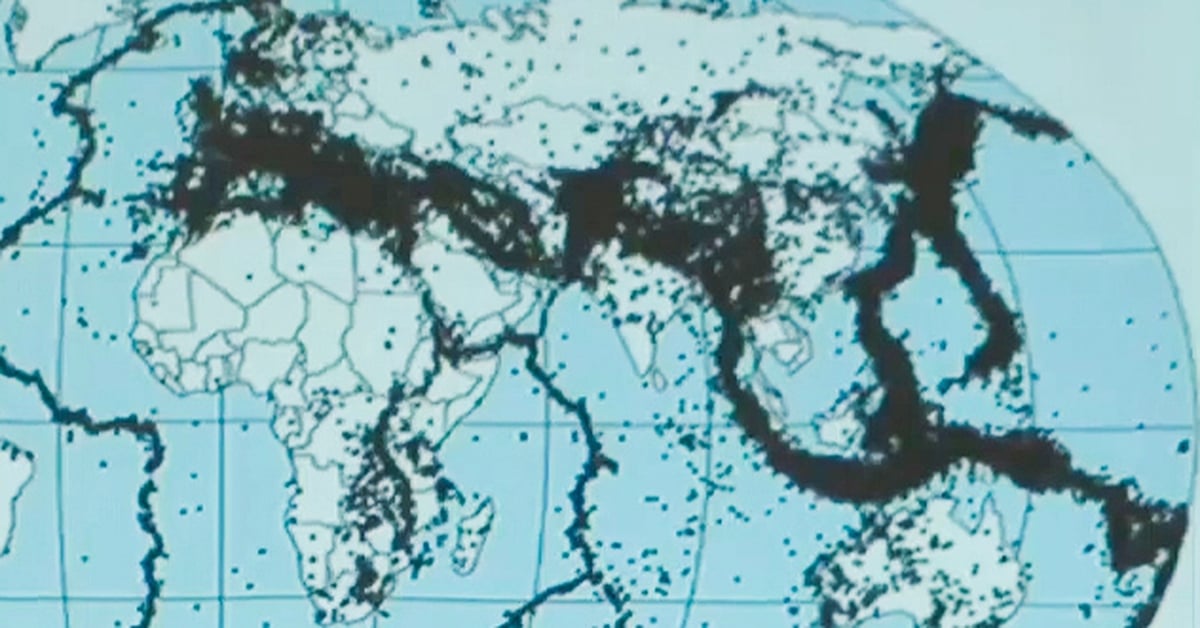

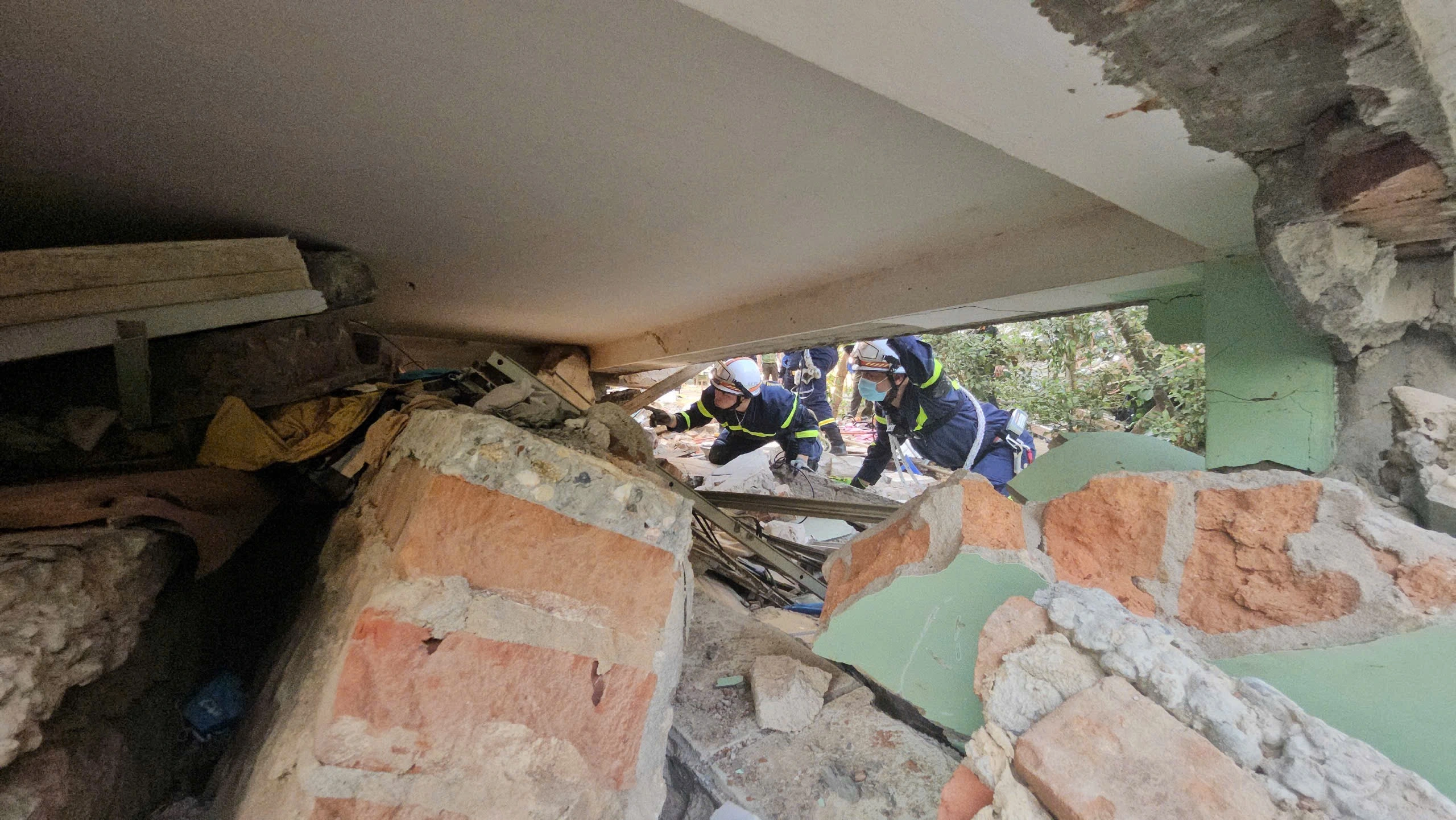


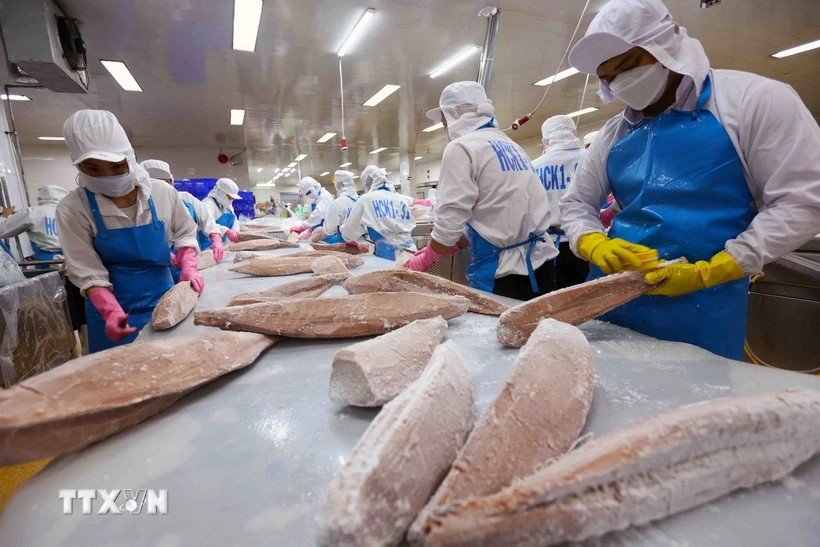


















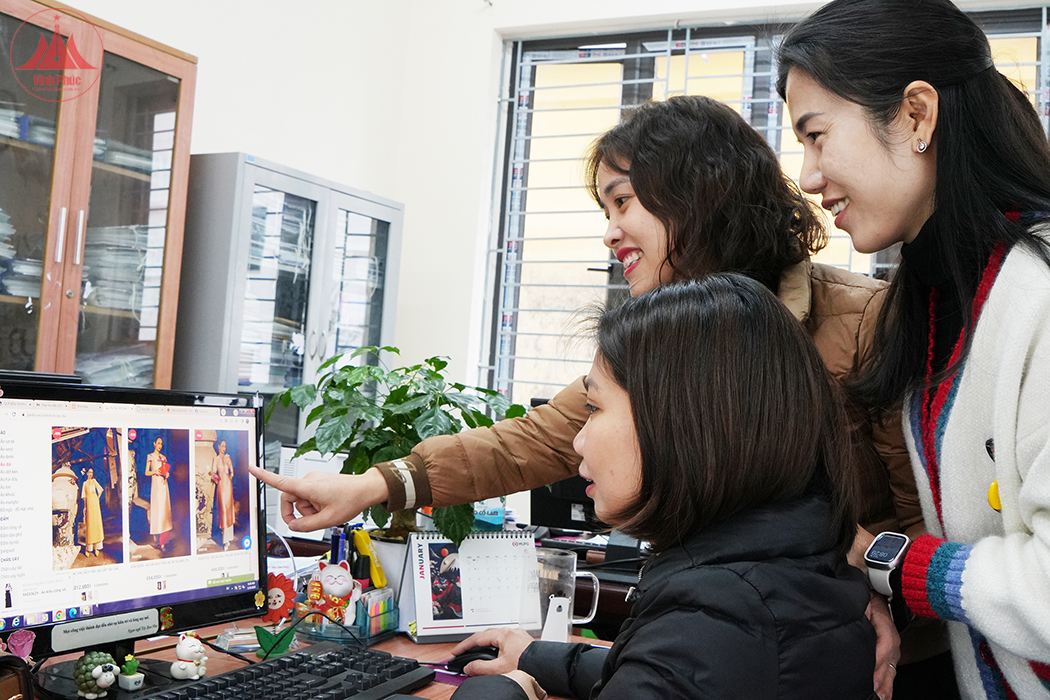











![[REVIEW OCOP] An Lanh Huong Vet Yen Cat](https://vstatic.vietnam.vn/vietnam/resource/IMAGE/2025/3/27/c25032328e9a47be9991d5be7c0cad8c)

Comment (0)